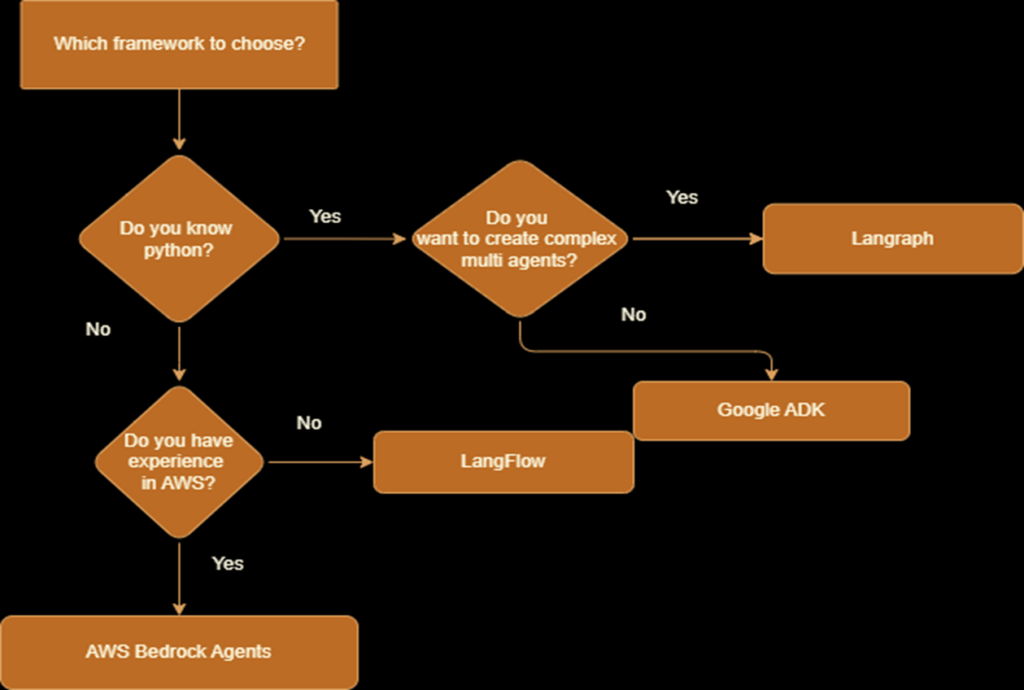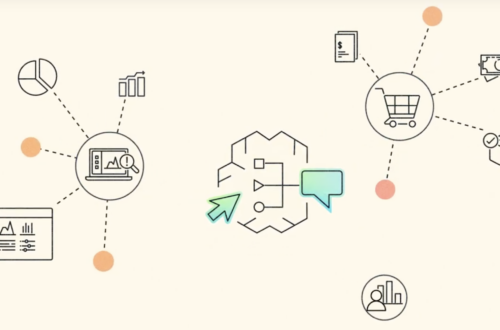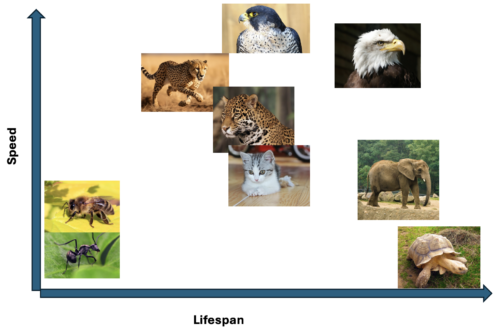Challenges
Some of the common problems that stand in the way of ramping up on GenAI knowledge are
- Apathy – “AI is just a fad. I don’t need to learn.”
- Blocked – “I want to learn. I started off but now I’m stuck with some problems.”
- Confused – “There’s too much info. Where do I start? Which framework do I focus on?”
- Insecure – “I have seen a lot of tutorials. BUT where do I apply the hands on?”
Here are some of the “remediations” for the above objections.
- Apathy? GenAI is a great lever in improving productivity. And with each improvement in LLMs and surrounding ecosystem & strategies the ceiling of problems that can be solved with AI keeps rising. At some point, GenAI ignorance can lead to job insecurity. GenAI is here to stay. If we want to stay relevant, we have to get familiar with it.
- Blocked? Reach out to the GenAI experts in your organisation. Or reach out to the online watering holes where GenAI developers gather. Several times, different agentic platforms provide QnA support to developers. For instance, the Langflow team provides support via their Discord server.
- Confused? Aha! You came to the right page. Trust me and go ahead with the well-thought of approach that I’ve mentioned below.
- Insecure? So your project doesn’t have GenAI access? Don’t let your project or org stifle your growth. Why not pick a pet project of your own and implement it outside of work? There are several free LLM providers out there. If you are willing to put your wallet where your heart is, get your hands on a paid infrastructure or LLM provider. I’ve implemented a simple GenAI solution on my personal account which takes random excerpts from my book Excellence and posts a short message on X daily.
Hopefully the common objections are addressed by now. Let’s move on to the guidance portion now.
Avoid learning
Learn to operate at a level of abstraction. There is NO need to learn the following topics unless you are applying for a role where you need to build LLMs from scratch. As an analogy, when you go to a motor driving school, the driving instructor does NOT teach you how an Internal Combustion Engine works, does he? Curb your curiosity regarding the below points and don’t fall down a rabbit-hole.
- How transformers work?
- How exactly does the input text get converted into embeddings?
- How to do fine-tuning. (May be useful as you progress. But don’t get bogged down in the initial stages.)
- Skip trying to memorise model families
- Don’t drown in theory. Practice! Remember: the best way for difficult concepts to enter your mind is through your hands.
Next, let’s focus on the objective that we want to achieve.
Role Goal
Decide the final Role that you are training for and tailor your learning path accordingly. Could be one of the following:
- GenAI User: Pro user of GenAI tools like GitHub Copilot, Amazon Q, Microsoft Copilot, Claude Desktop, Cursor, Windsurf. If you don’t learn how to use GenAI tools to boost your productivity; then the ones who do will leave you far behind. It will be like racing against a sports car on foot. Most folks in the software field will need to become a pro at one or more such “assistant-tools”. No room for negotiation here. You will need to stay updated with the latest feature releases of those tools – similar to how you follow the updates in your 1ry programming language.
- GenAI Engineer: This person needs to know how to build out GenAI powered applications. Familiarity of at least one framework would be essential. There are several frameworks to choose from – LangGraph, Bedrock Agents, Google ADK, Agno, PydanticAI, Autogen, etc. Start with simple agents and then make your way towards more complex multi-agent, multi-tool workflows.
- GenAI QE: This specialty would be for automated testing of GenAI solutions. It would require in-depth understanding of the rich feature set provided by Evaluation and Monitoring platforms like Galileo.AI, LangSmith, LangWatch, LangFuse, Arize, etc. Comprehension of concepts like LLM-as-a-Judge, RAG accuracy, prompt injection, etc would be useful as well.
- GenAI Architect: This person would be held responsible for the overall functioning of the GenAI system. The design of the agentic workflow would fall on his shoulders. He would also need to take care of meeting the Non-Functional Requirements like latency and cost. Other aspects to take care of would be selection of framework, usage of protocols, etc.
Ok, now with clarity on the Role, let’s move on the tactical question of which platform or framework to focus on.
Analysis Paralysis
Observe the creature in the below image and answer these questions:
- Does it lay eggs?
- Does it have bones?
- How many hearts does it have?

The answers are – No, Yes and 1. Did you get most of them right despite not knowing the name of the animal? How come? Because you were able to make correlations with other rodent-like creatures that you are familiar with. Similarly most agentic frameworks have a lot of commonality. Don’t be stuck in your GenAI journey trying to figure out which magical framework to pick. Pick one and get started. You can always switch later if the need does arise.
If you need some direction, refer this flowchart.

Click on the framework that aligns best with YOUR path below to learn more about it
Set a goal
Once you have selected a framework, then choose your battle. Pick a tangible end-goal to achieve. Either go for a cert like AWS AI Practitioner OR target to build out an application. For the folks that join my team we usually give them a 5-level assignment. You could adopt the same exercise for your self and have meaningful wins as you conquer each level. Overall this can be completed in 2 weeks with an effort level of 2-3 hours every day.
- Level 1: Build a simple “Hello World” agent. Let the agent forward the user-request to the LLM and send the response back to the user.
- Level 2: Add conversational memory to the agent. LLMs are stateless. Build memory into your application.
- Level 3: LLMs (usually) are disconnected from the real-world internet. Equip your agent with a web-search tool like Tavily, Google, Serpapi or Google.
- Level 4: Web searches still cannot get access to proprietary documents. Build in a simple RAG workflow.
- Level 5: Create a NotebookLM style agentic workflow that based on user input can ingest YouTube videos, crawl web pages, ingest documents OR create an audio-podcast from the ingested info.
Happy Learning! Happy Building!
Content created in collaboration with Khushboo Patil and Ruchita Suranagi. Confusing Maze image via Sora. Elephant Shrew image via Wikipedia.





